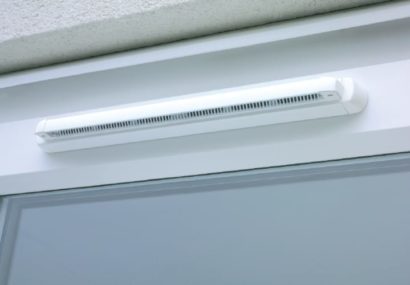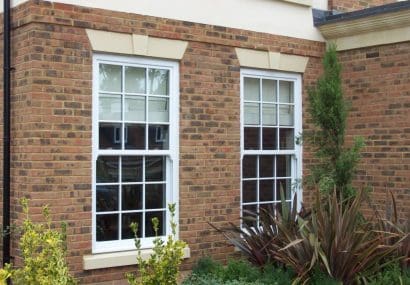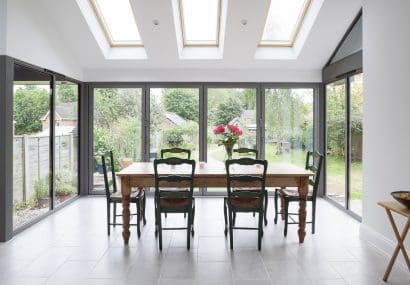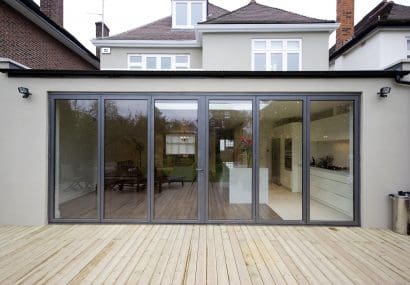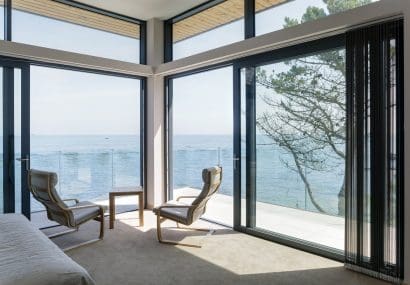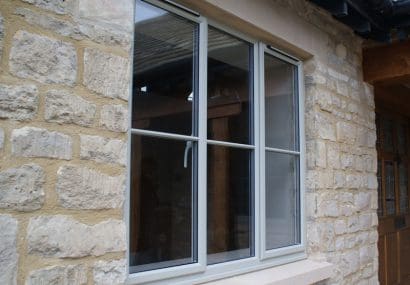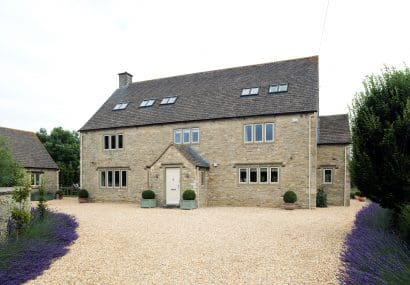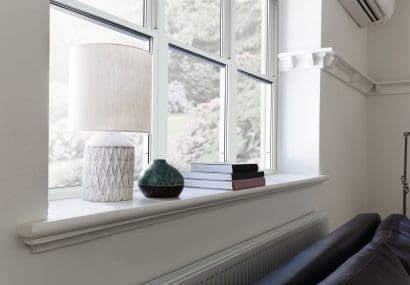Are Acoustic Trickle Vents Effective for Noise Reduction?
Posted: 15th March 2024
When it comes to soundproofing, there’s often confusion surrounding the efficacy of acoustic or soundproof trickle vents in diminishing noise levels. But what’s the reality behind these claims? This blog delves into whether these vents truly make a difference and offers guidance on selecting the right option for your requirements.
Do Trickle Vents Permit Noise In?
Before delving into the effectiveness of acoustic vents in noise prevention, it’s crucial to address whether standard trickle vents allow sound infiltration.
Trickle vents on small apertures are positioned at the top of the window frames, primarily to facilitate fresh air intake whilst preventing drafts. While some speculate about their potential for letting external noise seep in, the reality is that any noise ingress is typically minimal. While factors like proximity to busy roads may influence noise levels, in general, trickle vents have minimal impact on indoor noise levels.
Understanding Acoustic Trickle Vents
Acoustic trickle vents for windows closely resemble their standard counterparts but incorporate features geared towards noise reduction. These vents operate differently internally, incorporating additional insulation layers or internal mufflers similar to acoustic windows, effectively creating a sound buffer between indoors and outdoors.
Acoustic vents do they work?
The continuous airflow generated by trickle vents can be noisy, particularly in older buildings lacking sufficient soundproofing. Acoustic vents address this issue by reducing noise emanating from trickle vents, thereby enhancing indoor tranquillity. Additionally, they contribute to overall acoustic quality by absorbing excess sound waves.
Consequently, installing acoustic vents in existing windows and doors proves effective in mitigating noise from trickle ventilators.
Can Soundproofing be Applied to Existing Vents?
Modifying existing trickle vents to reduce sound pollution presents challenges. Attempts such as applying expanding foam are ill-advised as they compromise ventilation, potentially leading to condensation and other issues. Moreover, such alterations may violate current building regulations, particularly in shared buildings. It’s advisable to opt for new vents instead.
Optimal Trickle Vent Usage
Trickle vents, by design, maintain a steady airflow even when windows are closed, promoting ventilation and energy efficiency. Concerns regarding increased noise or heat loss from leaving vents open continuously are generally unwarranted, as the impact on noise levels and heat loss is minimal. However, periodic closure may be warranted for enhanced quiet or warmth.
Choosing Acoustic Trickle Vents
Selecting the right acoustic trickle vents involves several considerations:
- Size: Vents should facilitate adequate airflow without obstructing views. You should also take into account the amount of ventilation required to conform with building regulations
- Material: opt for durable, corrosion-resistant materials for longevity.
- Reviews: Seek feedback from other users to gauge effectiveness in noise reduction.
- Installation: Ensure proper installation to prevent air leaks and maintain effectiveness.
Final Considerations Whether replacing a single trickle vent or upgrading windows throughout the property, investing in acoustic or soundproof trickle vents can significantly enhance indoor tranquillity. If excessive noise persists, exploring soundproof window options may offer additional relief.
It is also worth noting that In June 2022, a new Approved Document F, which covers ventilation in buildings, came into force. The regulations mean that, in most cases, trickle vents in windows will be needed.
What does the new Part F of building regulations say about trickle vents in windows?
The regulations say: “There shall be adequate means of ventilation provided for people in the building.”
The aim is to protect the health of a building’s occupants by providing adequate ventilation. Without adequate ventilation, mould and internal air pollution might become hazardous to health.
Here at Mercury Glazing, we’re with you every step of the way from consultation to installation. We’re always happy to advise you on technical specifications and regulatory requirements to help ensure your projects comply with the requirements.
Back to news